How to repair or remove internal walls
Before knocking through internal walls, identify which are load bearing, spine or simple partitions. Ian Rock looks at the way homes are built, and how to tackle repairs
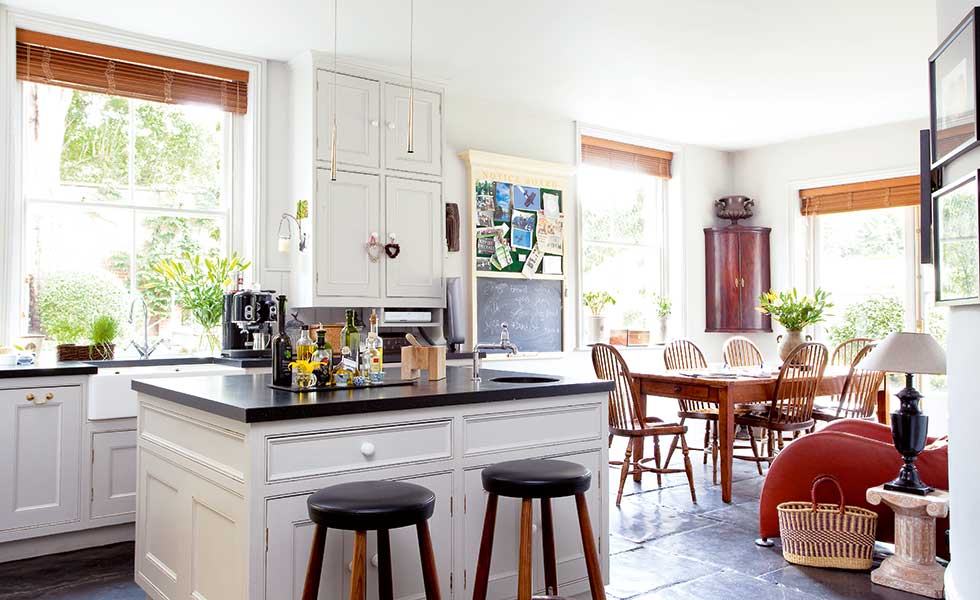
When estate agents describe a property as ‘modernised’, the chances are most of the original features and internal walls will have been ripped out.
Older homes, particularly Victorian terraces can seem dark and narrow, hence the popularity of ‘opening up’ and ‘knocking through’. As well as brimming with history, internal walls can hold clues to the health of your house, perhaps in the form of mysterious cracking or the transmission of sound. Find out more about renovating a house in our guide. Otherwise, keep scrolling.
This feature is an edited extract from the Victorian & Edwardian House Manual by Ian Rock, published by Haynes. Ian Rock is a chartered surveyor and director of survey price comparison website rightsurvey.co.uk
Above: This large kitchen-diner in a Georgian farmhouse, was previously two separate rooms
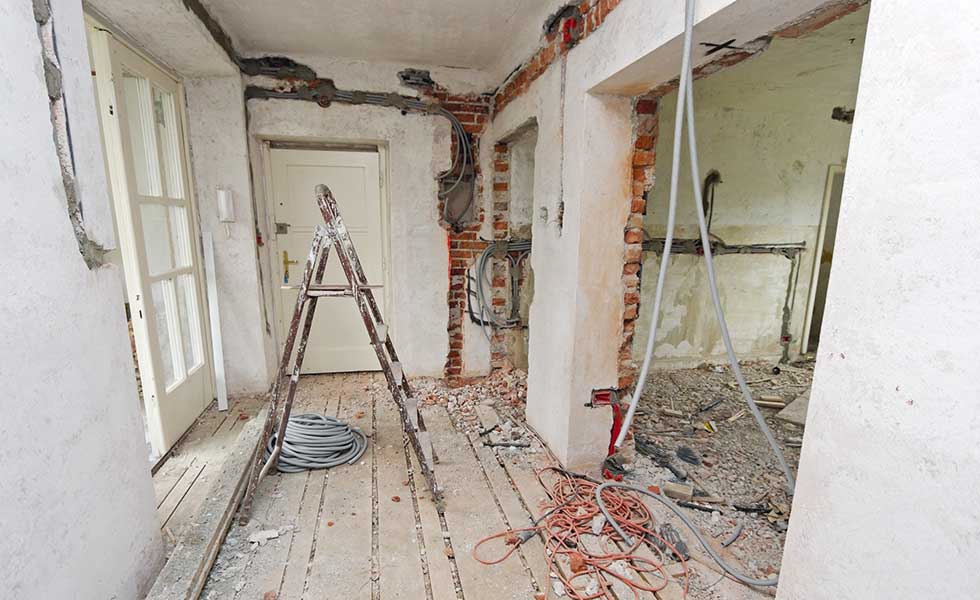
Wall construction in old houses
- Some walls were built with solid masonry walls, about the width of one brick thick (half that of the main walls).
- Simple timber studwork construction was also widely used, with a lath and plaster covering, similar to ceilings.
- For walls that merely served to partition one room from another, such as side bedrooms adjoining upstairs landings, thin, inexpensive pine-boarding might suffice.
- Most interior walls were built with little in the way of foundations.
- Interior walls would commonly be erected by apprentice bricklayers using soft or misshapen ‘reject’ bricks.
- Cheapest of all were slender ‘brick on edge’ walls where all of the bricks were laid on their sides before being swiftly hidden behind a coat of innocent-looking plaster.
Plasterwork in old houses
The mix used for old lime plasterwork – lime putty and sharp sand – was similar to bricklaying mortar, the main difference being the addition of chopped animal hair, usually ox or horse. This acted as a binder to provide strength, while reducing shrinkage and cracking.
Get small space home decor ideas, celeb inspiration, DIY tips and more, straight to your inbox!
Additional cost-effective materials were sometimes added, like clay and earth or dust from crushed chalk or bricks, along with less wholesome ingredients, such as urine and dung. Lime plaster was either applied directly onto brick or stonework, or onto a backing of small strips of pine with gaps in between for the plaster to ooze through and bond.
In many properties, however, the lower parts of some main walls will have already been stripped and coated with pink gypsum plaster over cement render ‘tanking’ in a misguided attempt to conceal damp. Where old lime plaster does need to be removed, it is often possible to recycle it by mixing with new sand and water – a sustainable and green solution.
What is a spine wall?
In a typical Victorian house, the wall dividing the front and rear reception rooms is called the ‘spine’ wall. These walls are major structural components holding up the floor and wall above. Yet it is a common improvement to create an open plan space by taking out this wall.
Party walls in old homes
Even more important are ‘party’ walls that separate you from your neighbours in a terraced or semi-detached house. These are generally the same thickness as the main walls (about 23cm) but in some cases, they may have been built cheaply and could be thinner. It was also not unusual for ‘firebreak’ walls, the fire resistant walls separating two loft spaces, to be omitted altogether.
The places where problems are most likely to manifest themselves are in bedrooms and reception rooms. Many party walls were built with little to anchor them to the external shell of the house. This can lead to the walls pulling away, cracking or buckling over time. Under the Party Wall Act, though, you need to obtain your neighbour’s written consent before carrying out any major work on a wall you share with them.
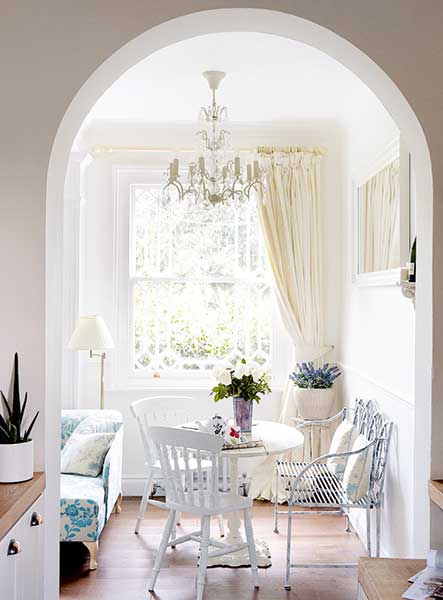
Identifying a structural wall
Taking out a load-bearing wall is a major job. So how can you tell if an interior wall is safe to remove? Conventional wisdom has it that if robust tapping elicits a hollow sound, it’s only a partition and can be torn down. Regrettably, things are not always quite that simple.
- To discover whether a wall is load-bearing, you need to start by looking up in the loft. The ceiling joists and roof struts often rest on a bedroom wall, which is a continuation of the spine wall in the reception rooms down below.
- The next thing to check is the direction of the floorboards in the bedrooms. The supporting joists underneath normally run the other way from the direction of the boards, as can be seen from the lines of nailing.
- The wall you want to remove may also be helping to tie in those at either end.
- It is safest to assume that all walls are load-bearing until proved otherwise.
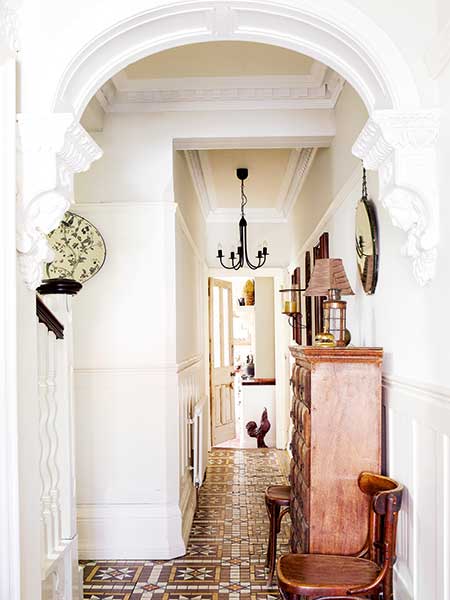
Repairing internal walls
Small cracks
Small cracks (up to about 1.5mm width) are rarely serious and will often open and close over the course of a year as the building’s shallow foundations move in tune with seasonal changes in ground conditions. Fine cracks can normally be treated with flexible filler.
Larger cracks
Significant cracks may indicate possible settlement or, more rarely, subsidence. It is sometimes claimed that if you can fit a £1 coin into a crack it’s more likely to be serious!
Door openings are weak spots: cracking above the frame or wonky doors that stick badly, may indicate a structural problem in a load-bearing wall, although in most cases old movement will have stabilised.
Vertical cracking often occurs at junctions between internal timber stud walls and solid main external walls, due to inadequate fixing between them, or movement between different materials. Where cracks taper with varying widths, the outside wall may have bulged out and needs to be tied in, which is the function of quaint ‘S’- or ‘X’-shaped tie bars often seen gracing old buildings.
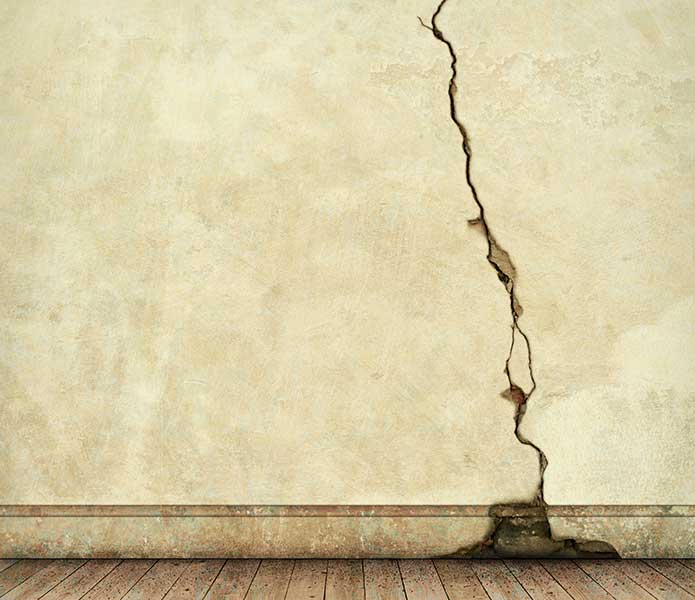
Repairing plasterwork
- If you tap a masonry wall and it sounds hollow, or if the surface moves when you press against it, this means the plasterwork is ‘live’.
- Lime plaster is remarkably resilient, thanks to the hair reinforcement binding it strongly together.
- Loose laths can be screwed back in place and small areas of loose plaster can be patched or hidden with heavy lining paper before decorating.
- If plaster is loose and crumbly you may need to strip and replaster, or dry-line over it with plasterboard.
Soundproofing
Victorian lath and plaster is thicker than modern plasterboard with better soundproofing qualities. However, cheaply constructed party walls may need to be improved by lining them with special acoustic sound-blocking plasterboard over timber battens leaving an air void. Studwork can be packed with sound-deadening mineral wool insulation.

Ian Rock MRICS is the chartered surveyor author of eight Haynes Property Manuals, and is the director of the RICS home survey price comparison website Rightsurvey.co.uk
